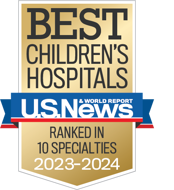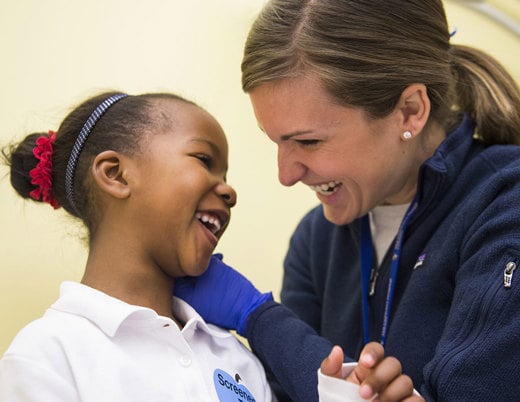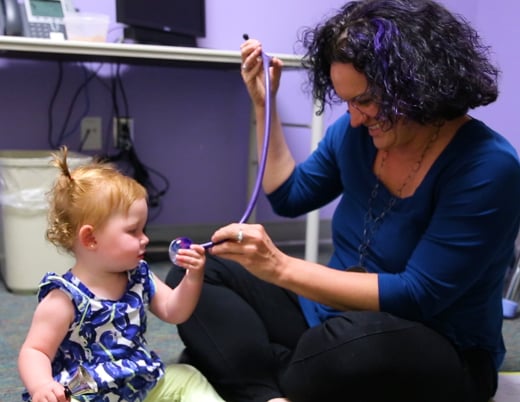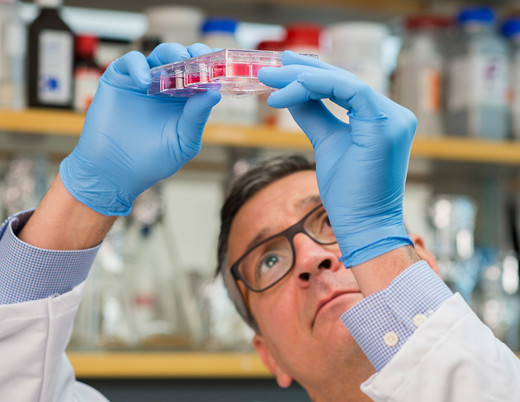How does a subtype of acute lymphoblastic leukemia switch to acute myeloid leukemia, and can researchers find a way to treat it?
For years, doctors have faced a difficult challenge in treating a subtype of B-cell acute lymphoblastic leukemia, or ALL, characterized by breakage of the KMT2A gene. This cancer typically occurs in children younger than 1, and often responds poorly to chemotherapy, with high rates of relapse. When CAR T-cell therapy first started showing significant promise in treating relapsed cancers, doctors felt optimistic about the possibilities it might hold for patients with this aggressive form of ALL. But there’s something particularly strange about this cancer — it is known to change from ALL to acute myeloid leukemia, or AML. AML, which arises from myeloid cells instead of B-cells, easily evades CAR T-cells, significantly limiting treatment options. How it’s able to do that remains a mystery, but Children’s Hospital Colorado researchers are on the case.
The role of CAR T-cells
“CAR T-cells seemed to be really promising, but the leukemia’s ability to really change its spots adds a new wrinkle and throws a real wrench in this therapy that would otherwise be really valuable for these kids,” says Eric Kohler, MD, PhD. He’s working to better understand how this switch occurs and determine new treatment options in partnership with Patricia Ernst, PhD, Postle Family Chair in Pediatric Cancer and Blood Disorders, and Terry Fry, MD, inaugural Executive Director of the Gates Institute. The trio’s research was recently recognized by the National Institutes of Health, who awarded them a $3.3 million grant to pursue this line of investigation.
The research has three key elements: creating accurate models, understanding the way this leukemia develops and determining the role of CAR T-cells both in inducing the lineage switch and curing this disease. The first element falls into Dr. Ernst’s area of expertise. For more than 20 years, she has carefully studied this subtype of cancer, working to understand its intricacies. One of the major barriers has been the science community’s difficulty reproducing the environment in which the ALL-to-AML switch occurs.
Developing an accurate research model
“Since the early ‘90s people have been trying to make a good mouse model. It’s not a small task,” Dr. Ernst says. “When we put a B-cell leukemia that we make with the KMT2A oncogene into mice, it immediately turns into a myeloid leukemia. That’s too easy. That’s not how it happens in people.”
Dr. Ernst will instead employ neonatal mice, which more closely mimic a pediatric patient’s biology. Already, mice and humans share many immune components and a general ecosystem under which cancer develops. But the team aims to crack the puzzle that has stumped researchers for decades by focusing on rebalancing the signaling pathways that determine a cancer’s lineage in mice to match the pathways in humans. Dr. Ernst hypothesizes that the key to this is IL-7 signaling, an important process the body uses to create and maintain B cells, which may be a determining factor in ALL development. Striking this delicate balance could open a whole new world of exploration related to this mysterious lineage switch.
“We’re trying to take everything that’s known and ask, ‘Do all of these features now look more humanlike?’” Dr. Ernst explains. “We’re trying to humanize the mouse a little better so that we can exploit all of the tools we have available to us in the mouse.”
Identifying a new target for CAR T-cell therapy
Once the models are accurate and in place, the team will be able to answer long-standing questions about this type of cancer’s development and plasticity. That’s the second piece of this project. The third aims to take that information and determine the role CAR T-cells may play in driving the lineage switch from ALL to AML. Right now, researchers are uncertain whether the therapy plays some role in encouraging ALL to become AML in some patients. Additionally, drawing on Dr. Fry’s extensive expertise in CAR T-cells, the team will investigate the possibility of engineering new CAR T-cells specially designed to fight both ALL and AML.
“An element of this grant will be to develop CAR-T cells targeting different proteins on the surface of the leukemia that are shared between both the original leukemia and the resistant leukemia,” Dr. Fry says. “If there’s a protein that happens to be expressed both on the lymphoid version and the myeloid version, in theory, we should be able to prevent the myeloid version from recurring.”
If indeed the team does identify a new target for CAR T-cell therapy, it will turn to the Gates Institute, a research center led by Dr. Fry and housed on the Anschutz Medical Campus that is tasked with the development of new regenerative, cellular and gene therapies. The Institute has the capacity to take a treatment that works well in animal models and bring it into the clinical setting for further testing.
This, of course, would have a measurable and meaningful impact on the families and patients who face the realities of a B-cell ALL diagnosis. But according to Dr. Fry, the fruits of this research could extend to have even greater reverberations. He expects this work will yield a wealth of information on cancer plasticity under immunotherapeutic pressure and patterns of relapse, potentially adding vital knowledge to the broader field of study, which is increasingly concerned about these issues.
A focus on collaboration
Work like this that requires expertise across so many areas of understanding — from animal models and the minutiae of B-cell ALL to immunology and the intricacies of developing CAR T-cells — would not be possible without an intentional focus on collaboration.
“The strength of this grant is really the collective expertise of our labs coming together. We work in very different areas, but I think in the context of this grant, that is really the major strength,” Dr. Fry says. “I think it’s an important example of where science is going.”
Featured Researchers

M. Eric Kohler, MD, PhD
Bone marrow transplanter and cellular therapist
Children’s Hospital Colorado
Assistant professor
Pediatrics-Heme/Onc and Bone Marrow Transplantation
University of Colorado School of Medicine

Patricia Ernst, PhD
Postle Family Chair in Pediatric Cancer and Blood Disorders
Children's Hospital Colorado
Co-leader of the Molecular and Cellular Oncology (MCO) Program
University of Colorado Cancer Center
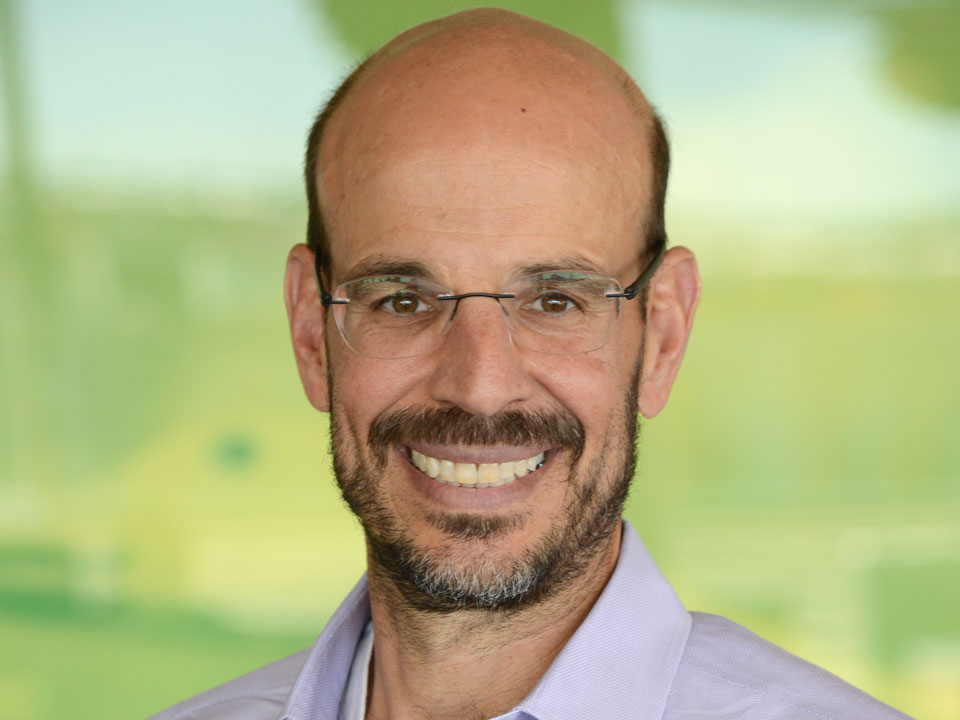
Terry Fry, MD
Pediatric hematologist and immunologist
Children's Hospital Colorado
Executive Director , The Gates Institute
University of Colorado Anschutz Medical Campus





 720-777-0123
720-777-0123






